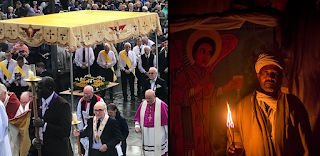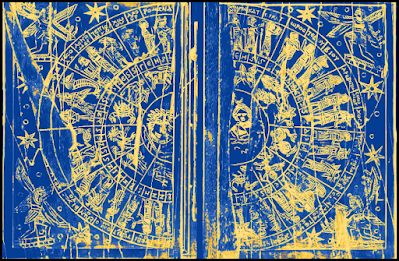'Exoteric' and 'Esoteric' defined

The terms esoteric & exoteric are often misused and misunderstood. The dictionary aside, I like to define them as follows: Exoteric : Encapsulates the superficial or public aspects of a religion, its practices as understood by most adherents, its basic philosophical tenets, and any moral or ethical principles or restrictions associated with it. Also includes popular aspects of occultism, such as basic astrology, widely held beliefs and superstitions, &c Esoteric : The deeper, mystical aspects of a religion or religio-magical system, often but not always kept secret (and frequently marginalized depending on the religion). These include magical/mystical practices designed to produce supernatural effects, or facilitate contact with non-physical entities; techniques that effect a transformation on the practitioner (such as meditation); a deeper understanding of the symbols or tenets of a religion that go beyond their superficial aspects, and more sensible and reasonable explanation...




